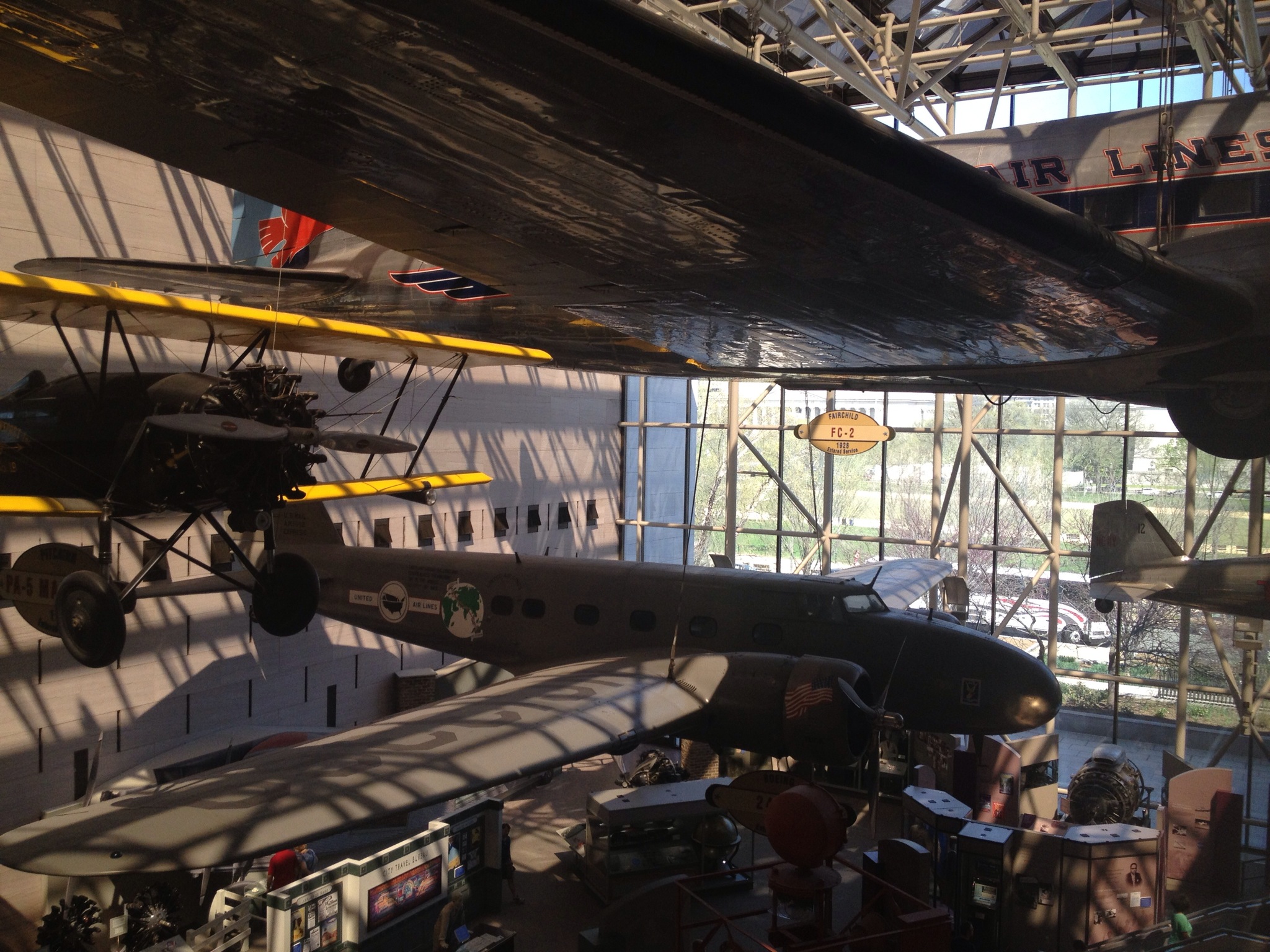(Editors Note: Most of the NASA links are inactive because of the government shutdown. Yay Congress.)
In the midst of the Cold War, the US government created NASA in 1958 to gain an edge in space exploration. It was partially a defensive move agains the Soviet launch of the first Earth satellite, Sputnik, in 1957. NASA superseded the existing National Advisory Committee for Aeronautics (NACA), which was formed in 1915 to pursue aeronautical research.
In the past 55 years, NASA has grown beyond its iniitial goals to be part of a global initative in support of space travel and harnessing its benefits for Earth. Check out the following infographic to get a sense of accomplishments as well as future endeavours. My hope is that this blog will be around long enough to cover each of the "things to come"! For more info, click on the infographic or visit this site.
Some more detail is available on NASA's site:
We’ve sent 12 humans to walk and work on the moon, sent four rovers and four landers to explore Mars and sentVoyager into interstellar space.
We’ve studied our home planet, every other planet in the solar system, and the sun at the center of it all.
We’ve peered deep into the distant past of the universe with Great Observatories like Hubble, Spitzer and Chandra.
We’ve built an International Space Station larger than a five-bedroom house and sent humans to live and work off the planet continuously since November 2000.
We've flown 30 years of space shuttle missions to launch and repair Hubble, build the space station and perform science in Earth orbit.
We've developed experimental aircraft and tested technologies that make today's airplanes safer and greener
We’ve produced hundreds of innovations that enable current and future NASA missions and improve the daily lives of everyone on Earth, from life-saving medical technologies to advances in telecommunications, weather forecasting, robotics and emergency response.
There’s way too much to list it all … and we’re not done yet.
We plan to land humans on Mars in the 2030s. We're getting set to send MAVEN to Mars and OSIRIS-REx to an asteroid, and we'll be watching as Juno arrives at Jupiter and New Horizons arrives at Pluto. We’ll launch the James Webb Space Telescopeto follow Hubble in the quest to understand our universe, looking all the way back to the first luminous glows after the Big Bang. We’ll continue looking at the home planet from our unique perspective in space, improving air travel and developing cutting-edge technologies for the benefit of all mankind.








